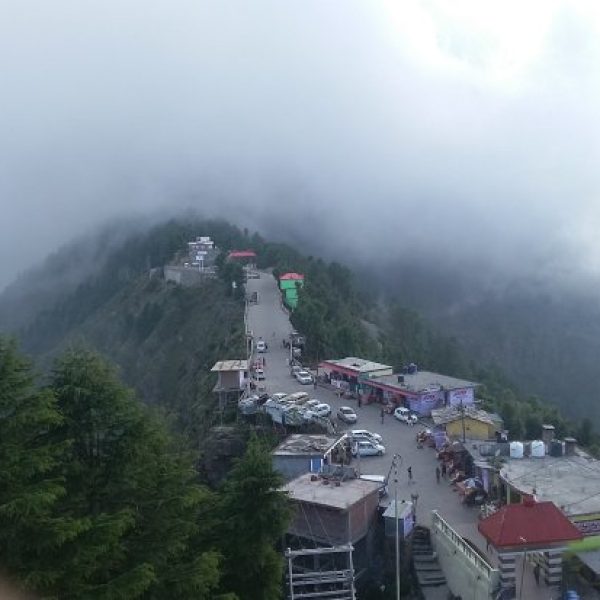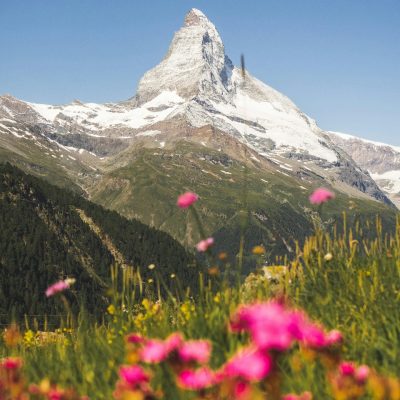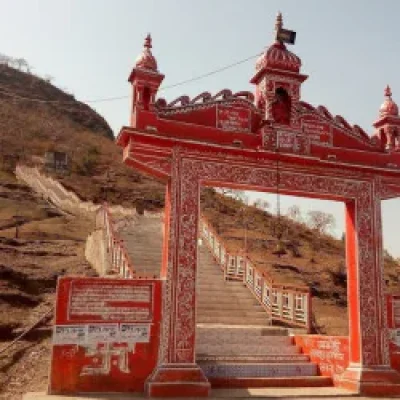Haripurdhar stands majestically at an elevation of 3,688 meters, representing one of the highest peaks in the Sirmaur district of Himachal Pradesh. This sacred mountain holds immense religious significance as the abode of Lord Shiva, attracting thousands of pilgrims and adventure enthusiasts throughout the year. The peak offers breathtaking panoramic views of the surrounding Himalayan ranges, including glimpses of the mighty peaks of Uttarakhand and the Shivalik hills.
The ancient Haripurdhar Temple, dedicated to Lord Shiva, crowns the summit and serves as the primary pilgrimage destination. The temple’s architecture reflects traditional Himachali style, with intricate woodwork and stone carvings that have withstood centuries of harsh mountain weather. The temple complex includes smaller shrines dedicated to various Hindu deities, creating a spiritual atmosphere that resonates with the sound of temple bells and devotional chants carried by mountain winds.
The annual pilgrimage season transforms Haripurdhar into a bustling spiritual center, with devotees undertaking challenging treks to seek blessings at the temple. The journey to the summit tests physical endurance and mental determination, but the spiritual rewards and stunning vistas make every step worthwhile. Local priests conduct regular prayers and ceremonies, maintaining age-old traditions that connect modern pilgrims with ancient spiritual practices.
The trek to Haripurdhar passes through diverse ecological zones, from dense forests at lower elevations to alpine meadows and rocky terrain near the summit. The changing landscape provides opportunities to observe varied flora and fauna, including rare Himalayan species that thrive at different altitudes. The trail offers spectacular viewpoints where trekkers can rest and appreciate the grandeur of the surrounding mountains.
Weather conditions at Haripurdhar can be extreme, with heavy snowfall during winter months making the peak inaccessible for several months. The best time to visit is during late spring through early autumn when the weather is more favorable for trekking and the mountain paths are clear of snow. The changing seasons bring dramatic transformations to the landscape, from snow-covered peaks in winter to blooming rhododendron forests in spring.






